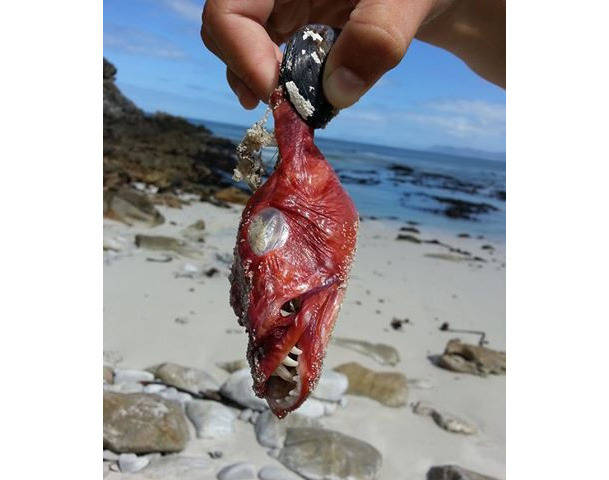Two bird attacks in two days in Channelview have people who frequent the Chrome Shop wondering what's going on. Both incidents were caught on camera.
"We got some kamikaze birds," said Lonny Sieger.
A trucker named Benny Hines was just walking back to his rig when the first incident happened.
"If you watch the video you can see the bird swoop down," said Sieger.
"I took off my cap and started waving them away," said Hines over the phone. "All of a sudden it was more than one bird."
First one bird, then in seconds, three others.
"He was running, and I mean running," said Sieger.
"Running for fear of his life," added Michelle Bradley.
And the birds were close behind.

